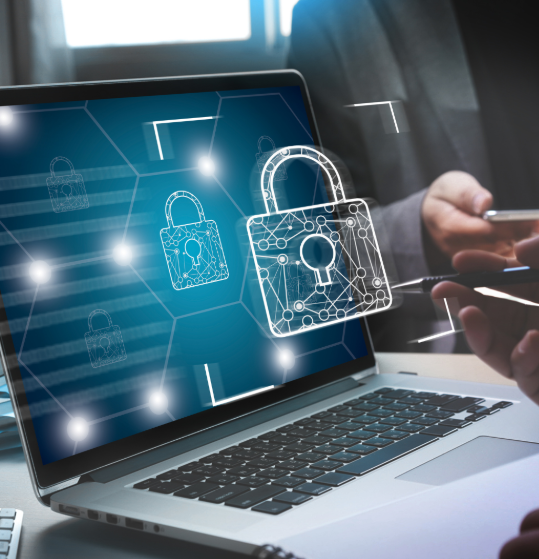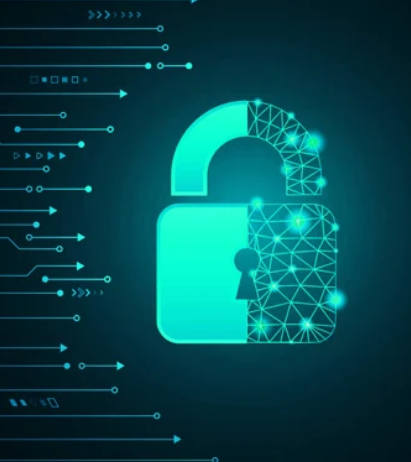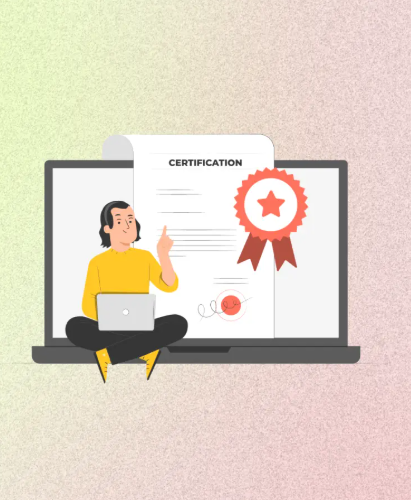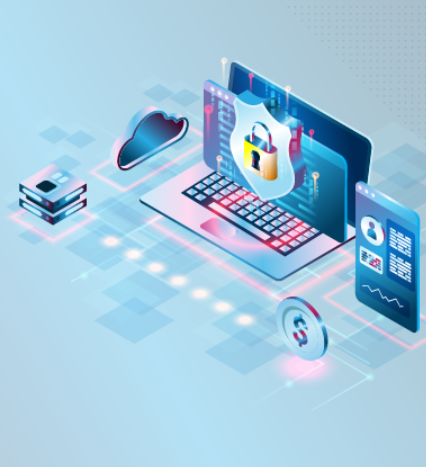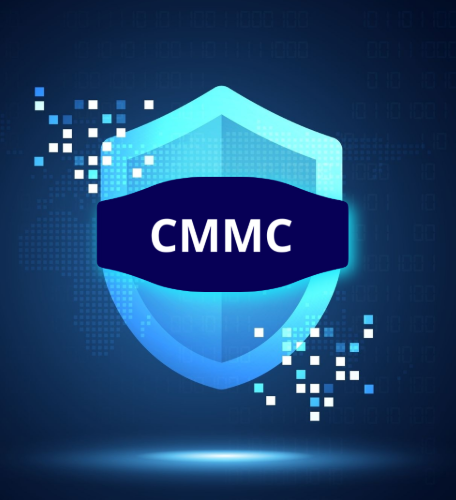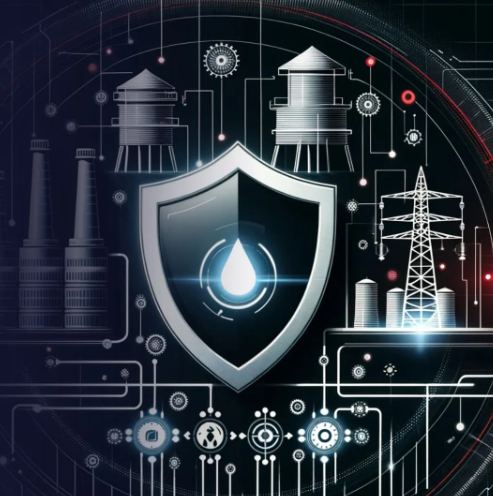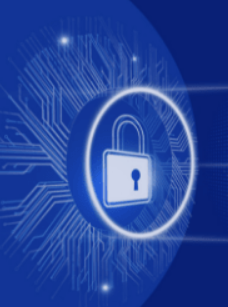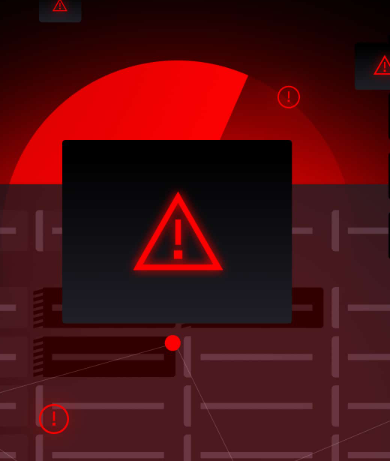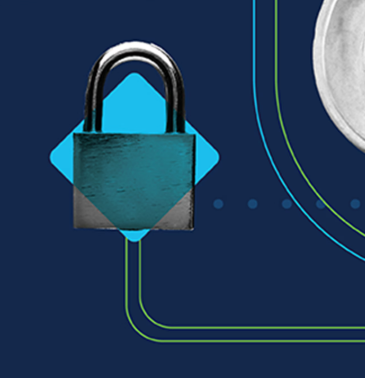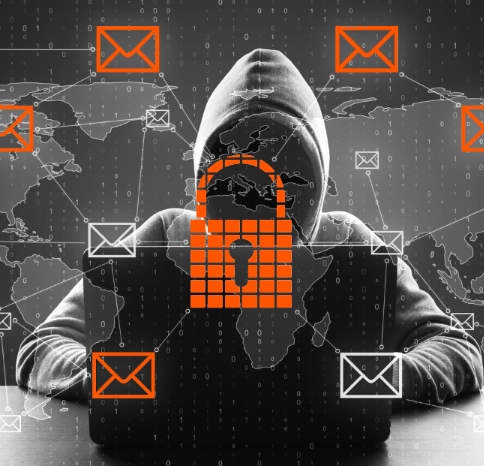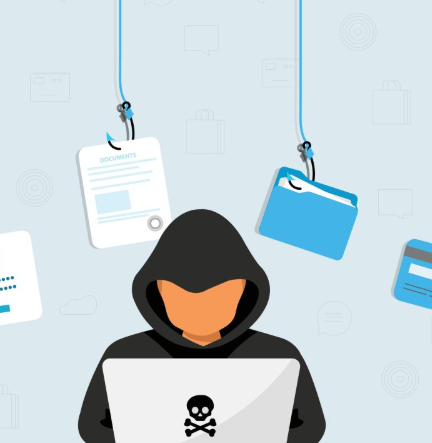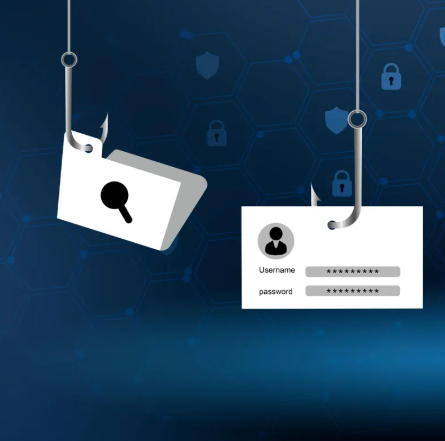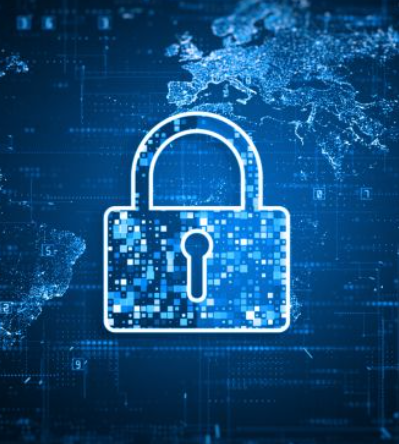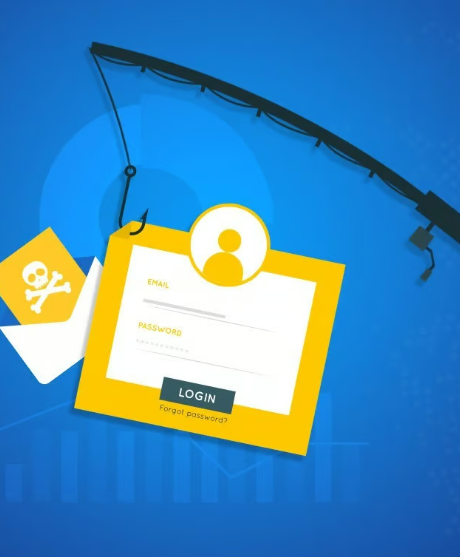
Email remains one of the most commonly targeted entry points for cybercriminals. Attackers use spoofed addresses and impersonation tactics to trick users and infiltrate organizations. Without proper protection, your domain can be used to send phishing emails, spread malware, or steal sensitive data. Implementing robust email authentication not only secures your domain but also strengthens trust with your customers and partners. This guide walks you through the key steps to secure your domain using proven email authentication protocols.
Why Email Authentication is Crucial
Email spoofing is a common and effective tactic used by attackers. Without email authentication in place, your domain can be hijacked to send fraudulent messages that appear legitimate. This can result in reputation damage, financial loss, and regulatory penalties. Email authentication helps confirm the identity of the sender, reduce spam, and prevent the unauthorized use of your domain in phishing attacks.
Did You Know?
A staggering 91% of all cyberattacks start with email, and most of the spoofed emails come from domains that lack proper authentication.
Key Components of Email Authentication Security
- SPF (Sender Policy Framework)
SPF identifies which IP addresses or mail servers are authorized to send emails on behalf of your domain. Receiving mail servers check the SPF record to verify if the email is coming from an approved source. - DKIM (DomainKeys Identified Mail)
DKIM adds a digital signature to your emails, ensuring the message hasn’t been tampered with during transit. The recipient’s mail server verifies the signature, confirming the email’s authenticity and integrity. - DMARC (Domain-based Message Authentication, Reporting, and Conformance)
DMARC builds on SPF and DKIM by enforcing policies on how to handle unauthenticated emails. It also generates detailed reports, allowing you to monitor email activity and identify any misuse of your domain.
Benefits of Implementing Email Authentication
- Protection Against Domain Spoofing
By using authentication protocols, you ensure that only trusted servers can send emails from your domain, making it harder for attackers to impersonate your brand. - Better Email Deliverability
Authenticated emails are less likely to be marked as spam, helping ensure that your legitimate emails consistently reach recipients’ inboxes. - Increased Trust with Customers
When customers and partners see that your domain is secure, they’re more likely to trust and engage with your emails. - Visibility into Email Abuse
DMARC reports provide valuable insight into unauthorized attempts to use your domain, allowing you to adjust your policies and respond quickly. - Improved Compliance
Strong email authentication helps you comply with regulations like GDPR, HIPAA, and other data protection laws that require secure email communication practices.
Steps to Strengthen Your Domain with Email Authentication
- Evaluate Your Current Email Setup
Start by identifying all services, systems, and third-party platforms that send emails using your domain. This ensures you don’t accidentally block legitimate senders. - Implement SPF
Add an SPF record to your DNS settings that lists the authorized IP addresses allowed to send emails from your domain. - Set Up DKIM
Configure your email server to digitally sign outgoing messages with DKIM and publish the corresponding public key in your DNS for verification. - Configure and Monitor DMARC
Create a DMARC record in your DNS specifying how email providers should handle unauthenticated emails. Begin with a monitoring policy before enforcing stricter actions such as quarantine or rejection. - Review Reports and Optimize
Use DMARC reports to assess the effectiveness of your email authentication and identify any unauthorized use of your domain. Adjust your SPF and DKIM settings as needed to enhance coverage.



